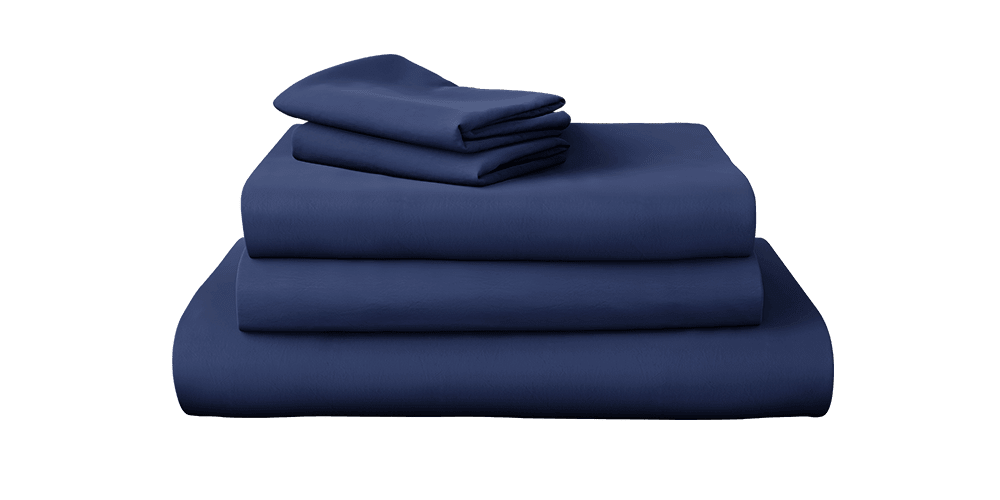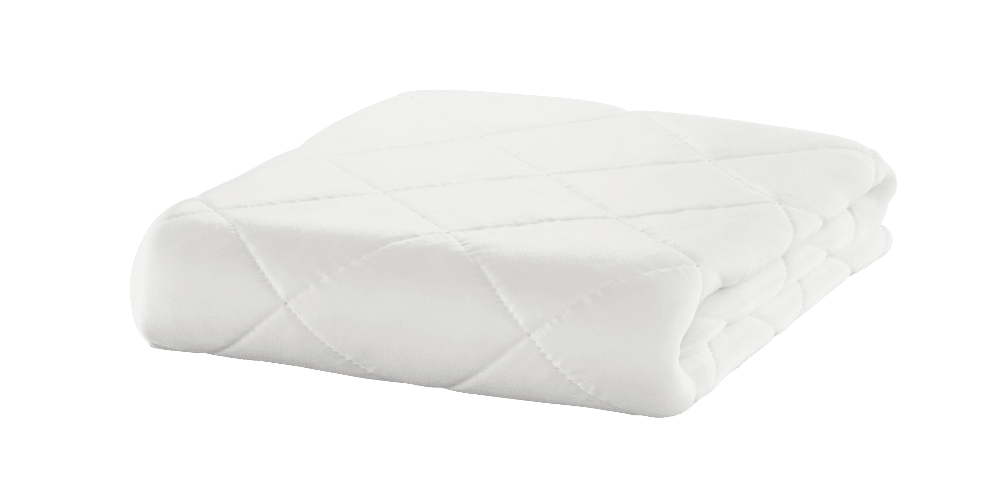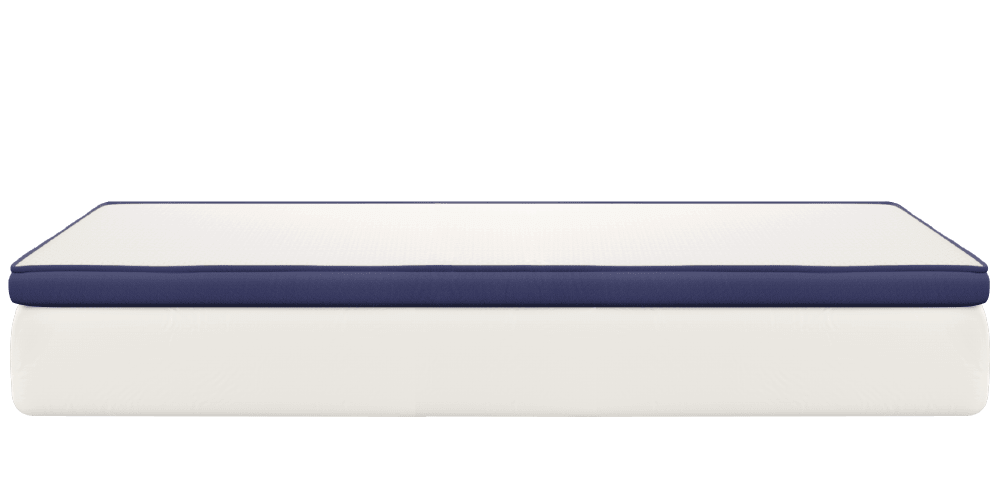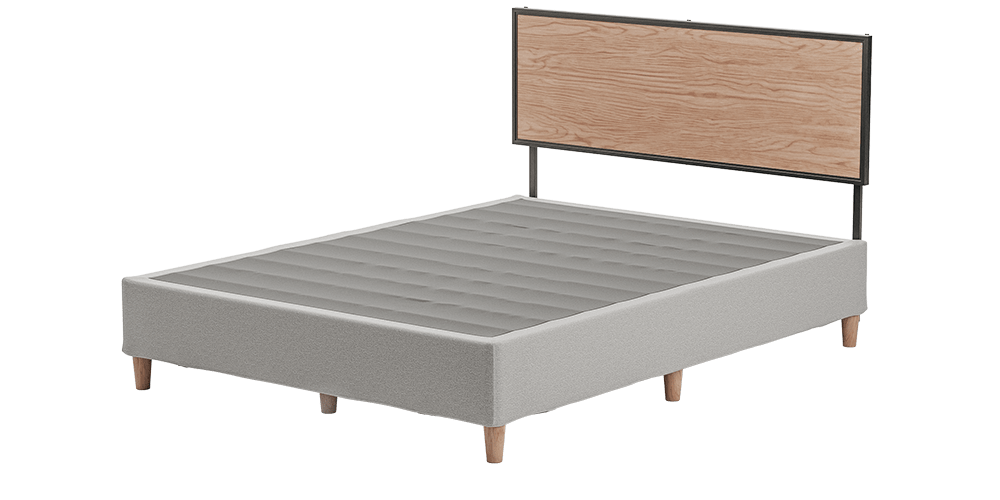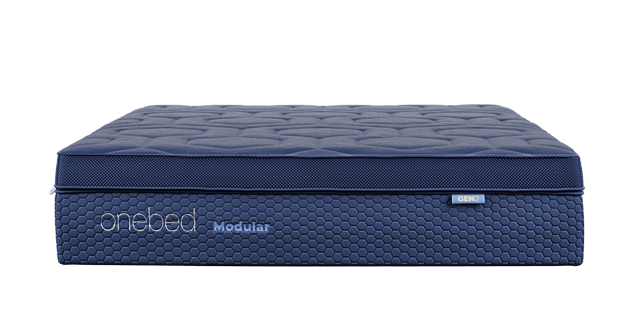A mattress is one of the most-used items in your home, making regular cleaning essential for maintaining hygiene, better sleep, and a longer lifespan. In this guide, you’ll learn how to clean a mattress at home, handle specific stains, and use maintenance tips to keep it fresh for years to come.
Step-by-Step Guide on How to Clean Your Mattress
Step 1: Prepare Your Cleaning Supplies
Ensure you have these items ready before starting:
- Vacuum with an upholstery attachment: For removing dust, debris, and allergens.
- Baking soda: Use as a natural deodorizer to absorb odours.
- Mild detergent: Mix a few drops with warm water for spot cleaning.
- White vinegar: Combine with water for a stain-fighting spray.
- Enzyme cleaner: Ideal for breaking down organic stains like urine or vomit.
- Clean cloths or towels: For blotting, drying, and wiping.
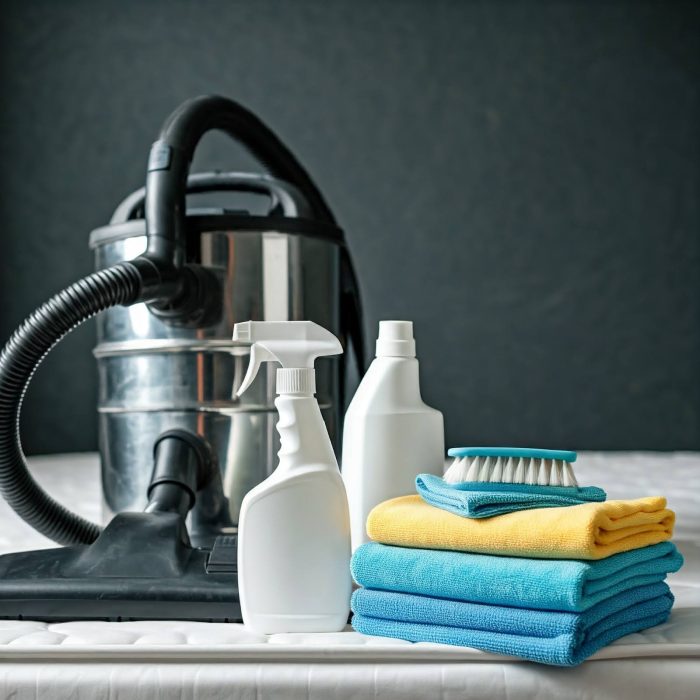
Step 2: Remove and Wash Bedding
Estimated Time: 45–60 minutes
Effort Scale: 🟨 (Moderate)
Energy Level: 🟠 (Requires lifting and laundry)
- Strip the bed: Remove all sheets, pillowcases, and mattress covers.
- Wash bedding: Use hot water (at least 54°C) to eliminate dust mites and bacteria. Add antibacterial detergent for deeper cleaning.
- Dry thoroughly: Use the dryer’s highest setting or line-dry in direct sunlight.
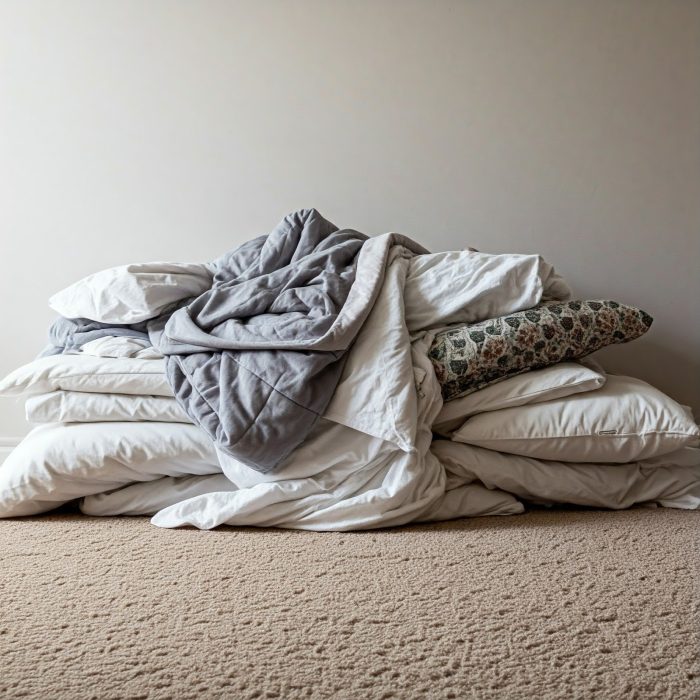
Step 3: Vacuum the Mattress
Estimated Time: 10–15 minutes
Effort Scale: 🟨 (Moderate)
Energy Level: 🟠 (Requires some lifting and repetitive motion)
- Attach the upholstery tool to the vacuum and start on the top surface, moving slowly with overlapping strokes.
- Focus on seams and edges, as these collect more dust and allergens.
- Flip the mattress (if possible) and vacuum the underside.
Step 4: Apply Baking Soda
Estimated Time: 4–8 hours (for absorption)
Effort Scale: 🟩 (Low)
Energy Level: 🟢 (Minimal, mostly waiting)
Generously sprinkle baking soda across the mattress to absorb odours and moisture. For best results, leave it on for several hours or even overnight.
Step 5: Vacuum Again
Estimated Time: 5–10 minutes
Effort Scale: 🟩 (Low)
Energy Level: 🟢 (Simple task)
Vacuum thoroughly to remove all traces of baking soda, ensuring the mattress is free of residual odours and dirt.
Step 6: Tackle Stains
Estimated Time: 15–30 minutes (depends on the stain severity)
Effort Scale: 🟥 (High, if dealing with tough stains)
Energy Level: 🔴 (Requires scrubbing and attention)
- Use specific cleaning methods depending on the stain type (e.g., sweat, urine, food).
- For biological stains, apply enzyme cleaner and blot with a cloth.
Step 7: Air Dry Completely
Estimated Time: 3–6 hours (depending on ventilation)
Effort Scale: 🟩 (Low)Energy Level: 🟢 (Minimal, mostly waiting)
Open windows, use fans, or place the mattress outside in the sunlight to speed up drying.
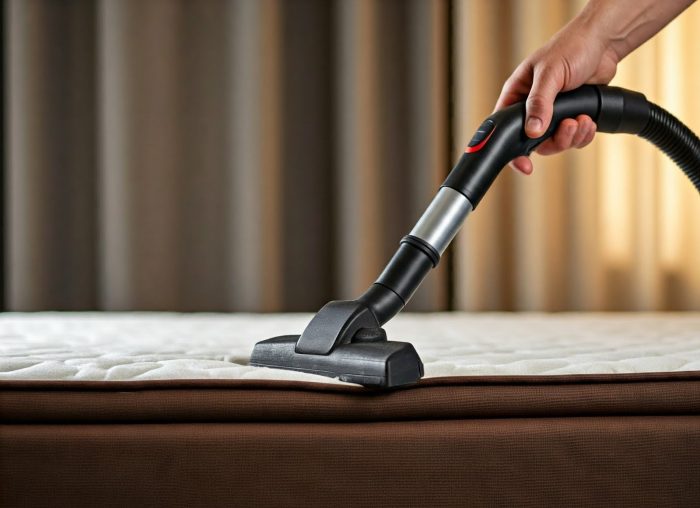
Why Mattress Cleaning Matters
Over time, mattresses can accumulate dust, sweat, dead skin cells, and bacteria, making regular cleaning vital for better hygiene and comfort. In fact, your mattress can gain between 10% and 20% of its original weight over 10 years due to the accumulation of dust mites, sweat, and other debris. In humid climates like Sydney’s summer (with highs above 30°C and high humidity) or Brisbane’s subtropical weather, moisture can promote dust mites, mould, and allergens, which impact both mattress quality and sleep health.
Regular mattress cleaning helps to:
- Reduce allergens for a healthier sleeping environment.
- Remove odors for a fresher-smelling bed.
- Extend the lifespan of your mattress by maintaining its condition.
Proper airing and sunlight exposure helps prevent moisture build-up, especially in humid regions like Queensland and coastal Tasmania. This keeps the mattress dry and hygienic, creating a fresher sleeping surface that can improve overall sleep quality.
How to Deep Clean a Mattress at Home
- Apply Baking Soda:
Generously sprinkle baking soda across the mattress surface to absorb odors and moisture. For the best results, leave it on for several hours or even overnight. Adding a few drops of your favourite essential oil (e.g., lavender or tea tree) to the baking soda can add a pleasant scent while promoting relaxation. - Vacuum Again:
Vacuum the baking soda thoroughly, making sure to remove all traces. This step helps eliminate lingering odours and any dirt embedded in the mattress. - Tackle Stains:
Different stains require specific treatments:- Sweat, food, or drink stains: Mix equal parts white vinegar and water, spray lightly, and blot with a clean cloth.
- For stubborn stains: Use 1 part hydrogen peroxide to 2 parts cold water, adding a few drops of dish soap. Apply gently, let it sit, and then blot.
- Enzyme Cleaner for Biological Stains:
Biological stains like urine or vomit need enzyme-based cleaners, as they break down proteins and eliminate odours more effectively. Follow the cleaner’s instructions for optimal results, and always test in a small area first to prevent discoloration. - Air Dry Completely:
Proper drying is crucial to prevent mould growth. Open windows, turn on fans or even place the mattress outside in the sunlight to ensure thorough drying. Sunlight also helps to naturally disinfect and deodorise the mattress.
How To Clean Stains Off A Mattress
Finding the best way to clean a mattress depends on the type of stain you’re dealing with. Here are some common types and how to handle them:
1. Blood Stains
Blood stains require immediate attention to prevent setting:
- Cold water: Blot with cold water, as hot water can cause the stain to set.
- Hydrogen Peroxide Mix: Mix 1 part hydrogen peroxide, 2 parts cold water, and a few drops of dish soap. Dab gently on the stain and blot dry. For stubborn stains, apply a cornstarch paste and allow it to dry before brushing off.
2. Sweat Stains
Sweat can leave yellow stains over time:
- White Vinegar Solution: Spray a mix of equal parts vinegar and water onto the stain, blot with a clean cloth, then apply baking soda. Let it dry, then vacuum.
- Hydrogen Peroxide: For persistent sweat stains, dab the area with diluted hydrogen peroxide.
3. Grease Stains
Oil or grease stains can be challenging:
- Cornstarch or Talcum Powder: Sprinkle generously over the grease stain and let it sit for several hours to absorb the oil.
- Vacuum: Remove the powder, then dab with a mild detergent solution if necessary.
How to Spot Clean a Mattress
For minor spills or stains:
- Mix Mild Detergent and Water: Dampen a cloth and dab the stain.
- Blot Dry: Use a dry cloth to absorb any remaining moisture.
- Air Dry: Make sure the spot is fully dry before using the mattress again.
Additional Mattress Cleaning & Maintenance Tips
A clean and well-cared-for mattress supports healthier sleep and enhances the comfort of your sleep environment. While the basics cover stain removal and deodorising, there are additional techniques that can extend your mattress’s lifespan and enhance its comfort. Here’s how to elevate your mattress care routine with more effective strategies:
How to Clean a Mattress That Has Been Peed On
- Blot Up Moisture: Start by blotting the area quickly with paper towels or a dry cloth to absorb as much moisture as possible.
- Use Vinegar Solution: Spray a cold water and vinegar mix onto the affected area and blot gently to combat odours and stains.
- Apply Baking Soda: For deep odour neutralisation, sprinkle baking soda over the area, let it sit for 8-10 hours, and consider adding a few drops of essential oil for a pleasant scent.
- Vacuum Thoroughly: Remove the baking soda with a vacuum. If odours persist, repeat the baking soda application and vacuuming process.
How to Deodorise a Mattress Naturally
- Essential Oil and Baking Soda Mix: Mix baking soda with essential oils like lavender or tea tree, sprinkle over the mattress, let it sit for a few hours, then vacuum for a fresher scent.
- Sun Exposure: Periodically placing the mattress in direct sunlight helps dry it out and naturally deodorise it.
- Charcoal Bags or Odour Absorbers: Place these under the mattress to absorb ongoing odours and moisture.
How to Clean a Memory Foam Mattress
- Vacuum Thoroughly: Use a handheld vacuum with a soft brush attachment to carefully remove dust.
- Spot Clean Only: Apply a mild detergent solution to small stains, blot gently, and avoid excess moisture.
- Allow Drying: Use fans or open windows for better ventilation and drying. Avoid steam cleaning, as it may damage the foam’s structure.
How to Clean a Mattress Topper
- Vacuum It: Use the upholstery attachment to remove dust and debris from the topper’s surface.
- Spot Clean Stains: Use a mild detergent solution to blot and clean stains.
- Air Dry Completely: Place the topper in direct sunlight to ensure complete drying and disinfection.
How to Prevent Mattress Stains
- Use a Waterproof Mattress Protector: It prevents spills and can be easily washed.
- Avoid Eating or Drinking in Bed: Minimises the chance of spills.
- Keep Pets Off the Bed: Reduces pet hair, dander, and potential accidents.
- Treat Stains Quickly: Address stains as soon as they occur to prevent setting and make removal easier.
Extra Tips for Mattress Maintenance
- Rotate Your Mattress: Rotate every 3-6 months to promote even wear and prevent sagging.
- Use a Mattress Protector: Keeps allergens, sweat, and spills at bay.
- Banish Allergens: Regular vacuuming and allergen-proof covers help reduce dust mites and other allergens.
- Sunbathe Your Mattress: Occasionally placing the mattress in direct sunlight helps naturally disinfect and deodorise it.
- Address Odours: Lightly spray a mix of water and essential oils for a quick refresh.
How Onebed Mattresses Make Cleaning Easier
If you’re seeking a mattress that simplifies cleaning and maintenance in Australia, Onebed offers great options. The Onebed Original features latex foam, which naturally resists dust mites and allergens, and also comes with a removable, washable cover, making it easy to maintain hygiene by simply unzipping, washing, and reattaching the cover. For cooling and cleanliness, the Onebed X includes gel-infused memory foam, designed to maintain freshness and support.
By choosing a mattress that’s easier to maintain, like those from Onebed, you’ll be able to keep it cleaner with less effort. However, no matter the mattress type, taking preventive measures is key to minimising stains and keeping it fresh over time.
Common FAQs
How Often Should You Clean Your Mattress?
It’s advised to give your mattress a thorough cleaning at least twice a year. However, to keep it consistently fresh, monthly maintenance like vacuuming and deodorising is ideal. If you have allergies, pets, or frequently eat in bed, consider cleaning more often.
Can You Use a Steam Cleaner on a Mattress?
Yes, steam cleaning works well for most mattresses, but avoid it on memory foam or latex. Excess moisture can damage these materials and lead to mould growth. If you use steam, ensure the mattress dries thoroughly by using fans or placing it in a well-ventilated area.
Is Professional Mattress Cleaning Worth It?
Professional cleaning can be beneficial for deep-set stains, severe odours, or bed bug infestations. It’s especially helpful for older mattresses that haven’t been cleaned regularly. DIY cleaning works well for routine upkeep, but hiring professionals once a year can enhance cleanliness.
What Are the Best Products for Mattress Cleaning?
Mild detergent, baking soda, white vinegar, and enzyme cleaners are effective for most stains and odours. Always choose products that are gentle on fabrics to avoid damaging your mattress. Look for cleaners labelled “mattress-safe” to prevent issues.
How Can I Prevent Dust Mites in My Mattress?
Use a dust-mite-proof cover, wash bedding in hot water weekly, and vacuum the mattress regularly. Dust mites thrive in warm, humid environments, so keep the bedroom cool and dry to reduce their presence.
Can I Sleep on the Mattress After Cleaning It?
Only sleep on your mattress after it’s completely dry to prevent mould growth or lingering odours. Depending on the cleaning method and ventilation, drying can take anywhere from a few hours to a full day.
How Do I Know If My Mattress Needs Replacing?
If your mattress has persistent stains, significant sagging, or causes discomfort, it’s likely time to replace it. Most mattresses should be replaced every 7-10 years for optimal support and hygiene. According to Onebed’s guide, factors like mattress material, body changes, and sleep quality also play a role in determining when to replace your mattress.



